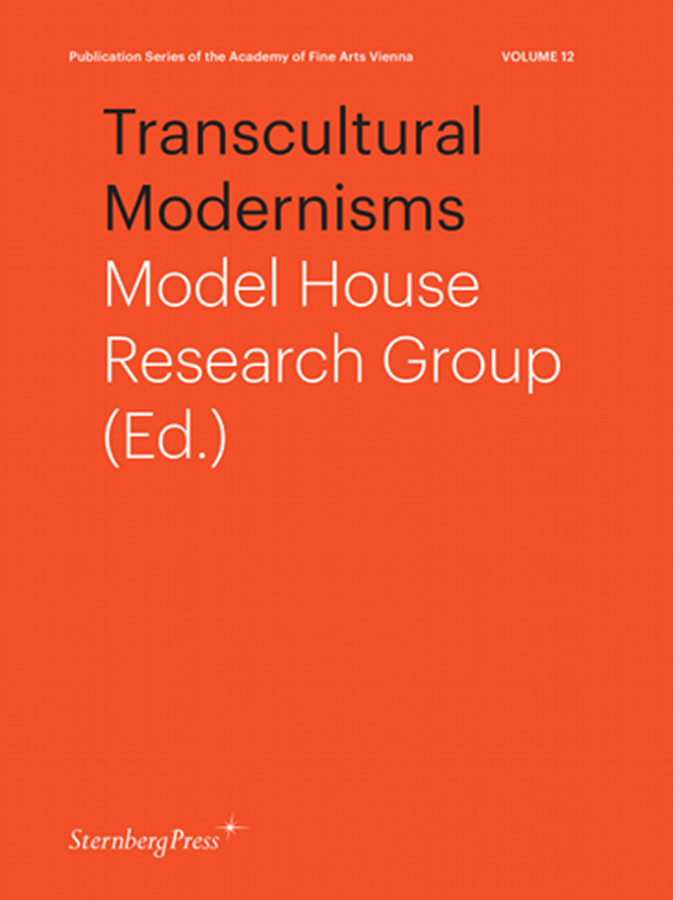So Many Reports, So Many Questions. For Instance: Is There Such a Thing as Postcolonial Critical Planning?

The young Alexander conquered India. / Was he alone? / Caesar beat the Gauls. Did he not even have a cook with him? This is a selection of questions Bertold Brecht poses in his1935 poem “Questions from a worker who reads.” After posing a number of productively naïve questions, he concludes the poem with: “So many reports. / So many questions.”
Brecht’s “Questions from a worker who reads” are about colonization and hegemonic historical narratives.The questions repeatedly contemplate actors who have remained unnamed (like the cook), but by being ostentatiously singled out as individuals, they suddenly appear out of place. In today’s research landscape, this Brechtian style critique is quite familiar. Nonetheless: at least in the field of architecture, people still snicker when (to use an example whose significance will soon be apparent), for instance, the notoriously naïve detective Columbo, in an episode (Blueprint for Murder, 1972) of the TV series of the same name, asks a cocky architect “Hey sir, did you build that?”, gesturing at the presentation model of the building project. Columbo’s friendly question “only” refers to the model, prompting the architect to reply: “No, one of my staff did.” Had the architect believed Columbo had meant the building rather than the model, he certainly would have proudly answered “Yes.”
So Many Reports, So Many Questions. For Instance: Is There Such a Thing as Postcolonial Critical Planning?
Gabu Heindl, in: Transcultural Modernisms. Model House Research Group (Fahim Amir, Eva Egermann, Moira Hille, Jakob Krameritsch, Christian Kravagna, Christina Linortner, Marion von Osten, Peter Spillman, editors), Sternberg Press, 2013